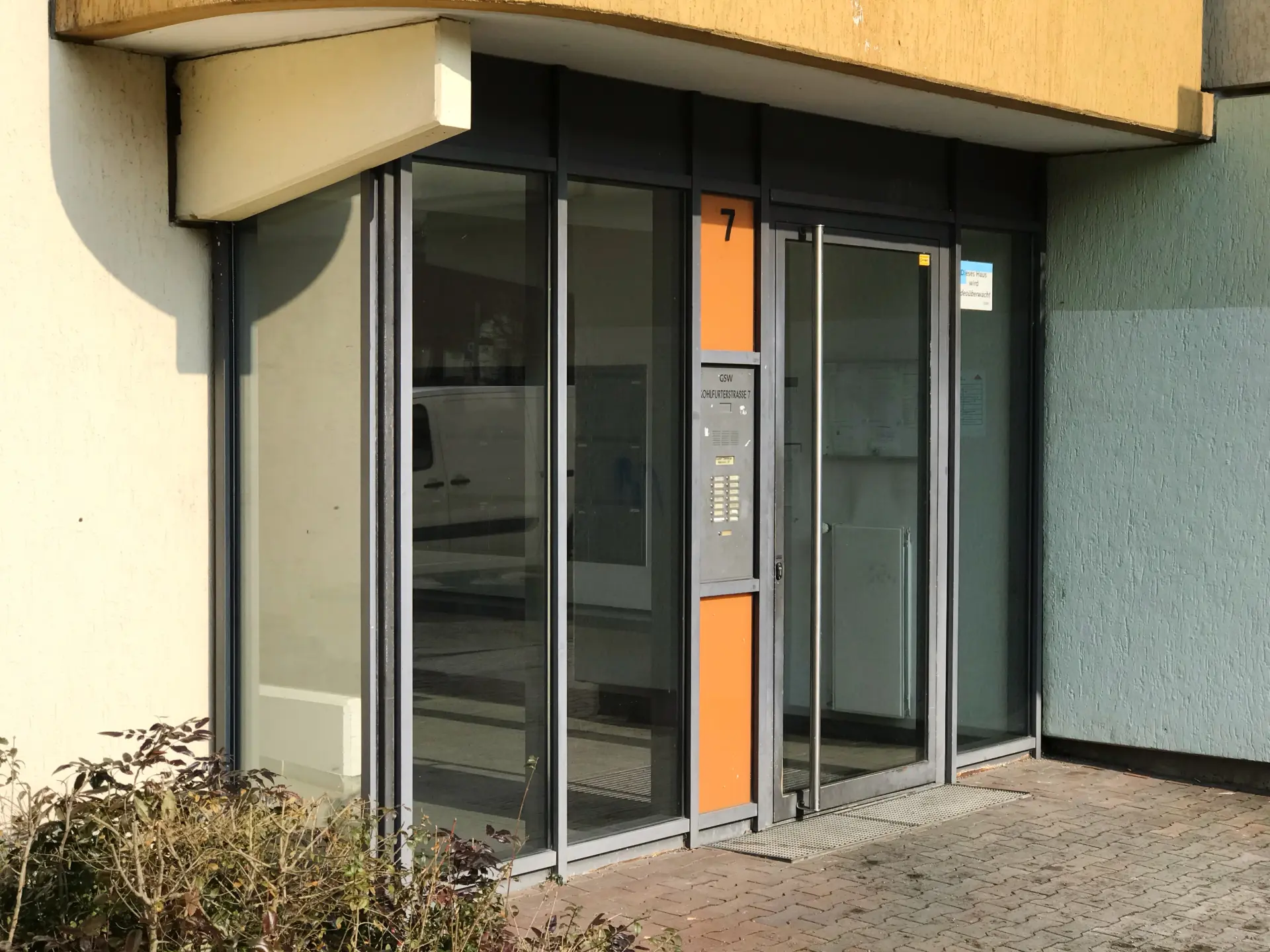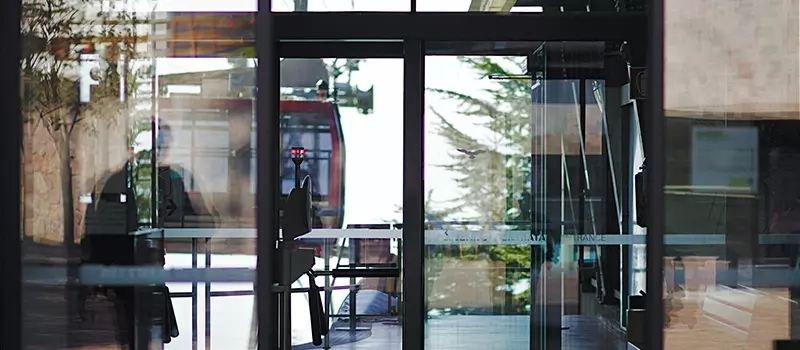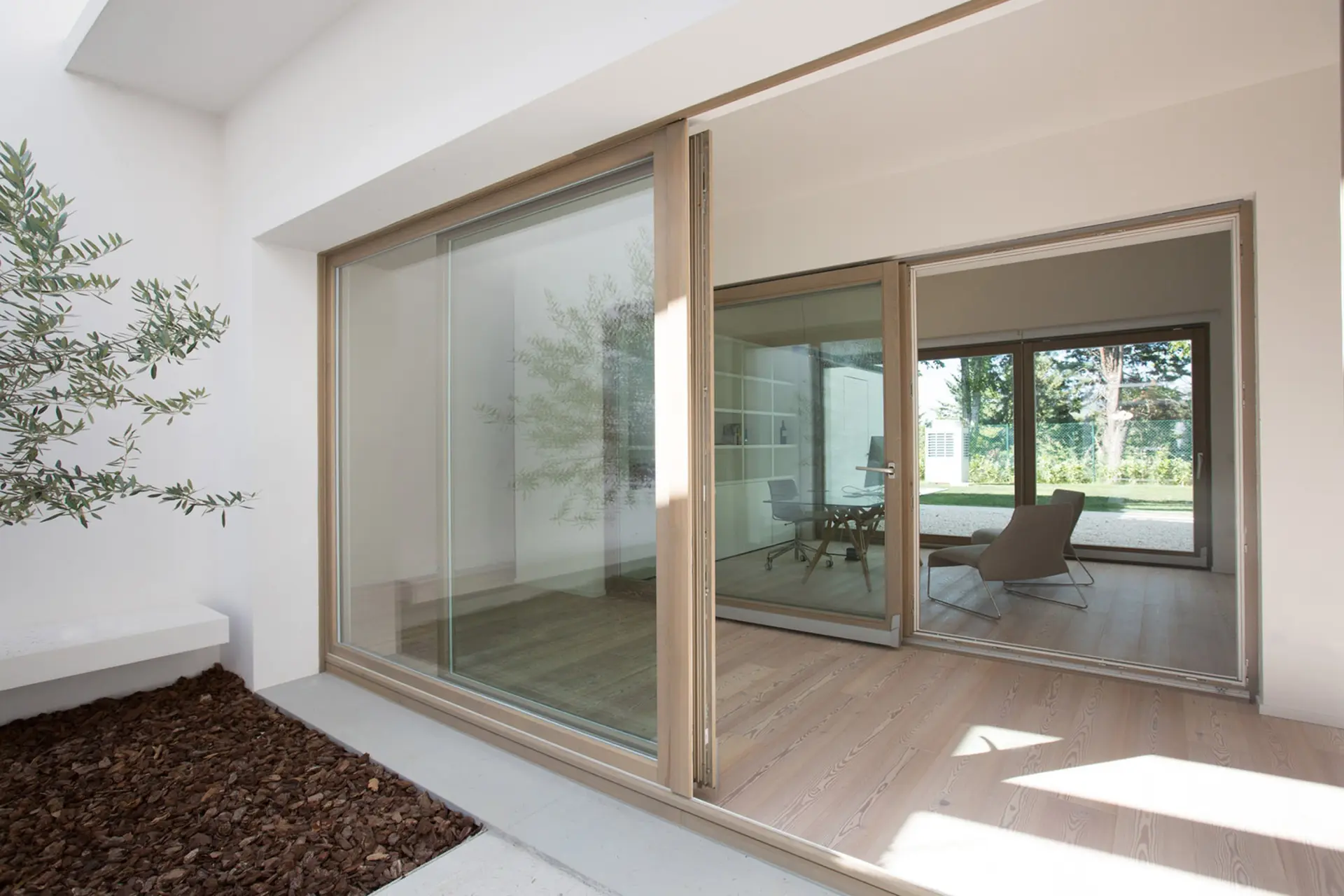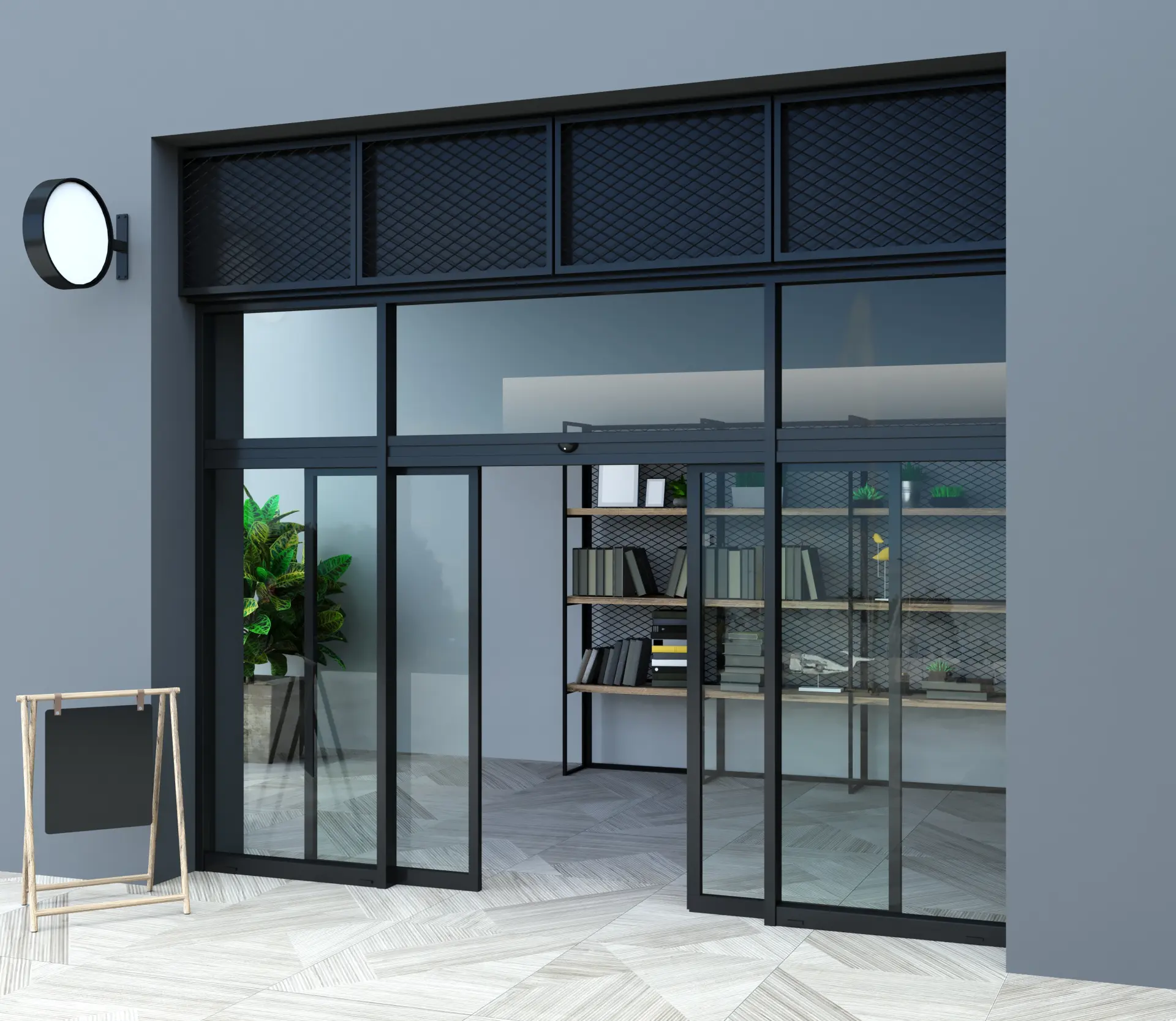Learn about the key features of automatic doors for disabled access, such as step-free thresholds and visual alerts, to promote safe, inclusive entryways.
Wide and Clear Opening Space
When designing accessible buildings, one of the most important features to consider is the entrance. For disabled users, automatic doors are easy and safe to use. A key feature of these doors is having a wide and clear opening space; without it, the benefits of automation are reduced, and the door may be difficult or uncomfortable to use.
A wide opening is essential for wheelchair users, people using walking frames or those who need extra support while moving. Standard doorways can often be too narrow, making it hard to pass through without assistance. Automatic doors with large openings ensure that there's enough space for smooth and safe movement, without the risk of bumping into frames or other users.
Additionally, it's important for the space to be clear. This means there should be nothing in the way - such as steps, mats, or sharp turns - that could block or slow access. For someone with limited mobility, a clutter-free entrance allows them to move through without stopping, adjusting their route, or asking for help. It also helps prevent accidents and supports their confidence in using the space independently.
For visually impaired users, a wide and open space makes navigation easier, especially when paired with sensors or tactile floor markings. For people with cognitive challenges, a clearly visible and open entrance is more welcoming and easier to understand.
Automatic doors are designed to remove barriers, not just physically but also in terms of independence. A wide and clear opening space makes sure that everyone can enter and exit safely and comfortably, regardless of their needs.
Anti-Trap and Safety Sensors
Automatic doors offer easier access for disabled users, however, to ensure they are fully safe and inclusive, they must be fitted with key safety features. Two of the most important ones are anti-trap technology and safety sensors.
These systems prevent injuries and make sure the automatic doors can be used safely and confidently by everyone, especially individuals with mobility difficulties or additional access needs.
Anti-trap technology ensures that doors don't close on users while they're entering or exiting. This is crucial for wheelchair users, those with walking aids, or individuals who move at a slower pace.
Without this protection, automatic doors could accidentally trap limbs, mobility equipment, or even clothing. Anti-trap systems detect resistance and automatically stop or reverse the door’s movement if anything is in the way, reducing the risk of accidents.
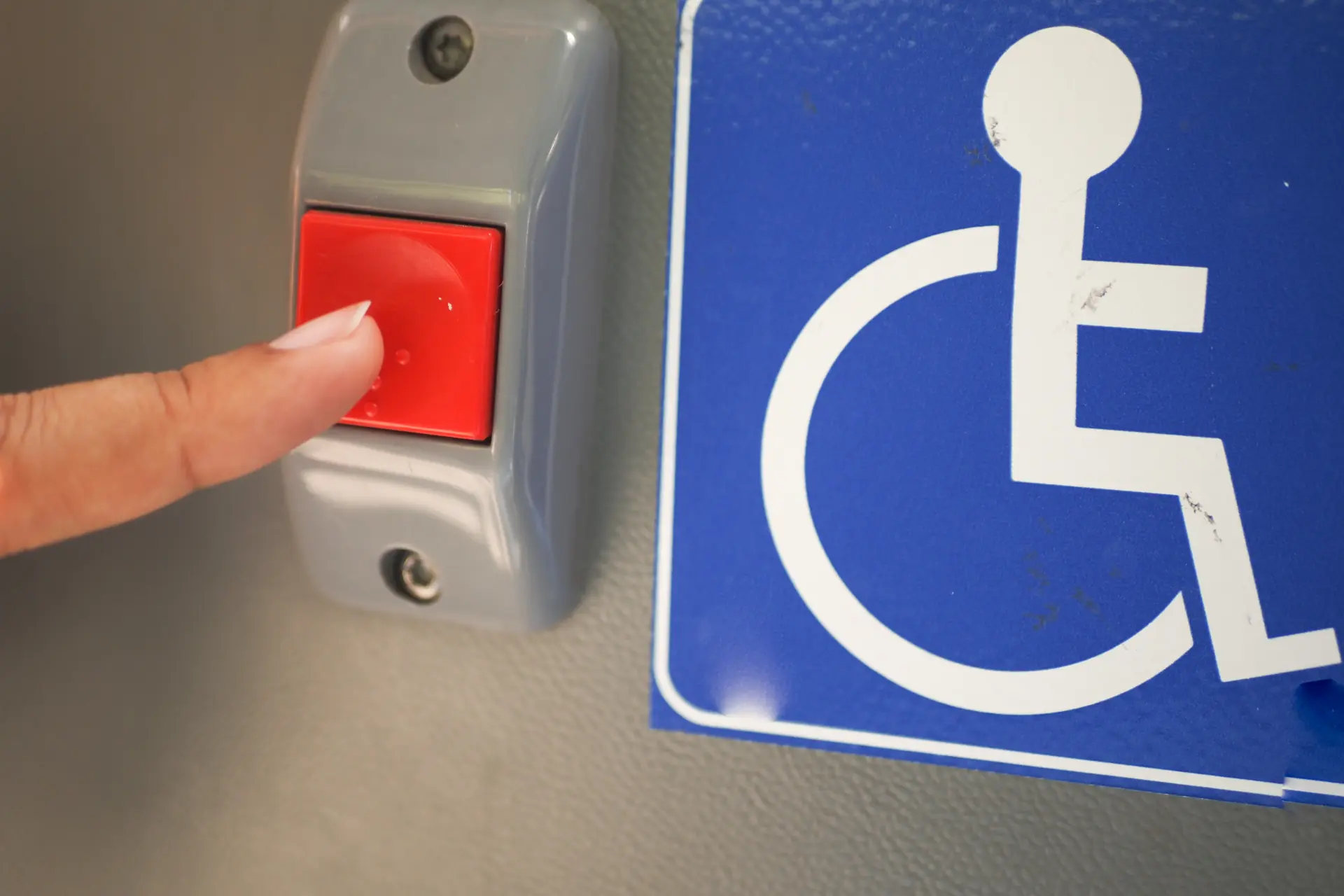
Safety sensors are just as important. These sensors detect movement or obstacles near the door and they ensure the doors open at the right time and stay open long enough for users to pass through safely.
These features are especially important in high-traffic areas such as hospitals, care homes, shopping centres, and schools. In these environments, users may need more time or assistance to pass through, and doors that shut too quickly or without warning can become a barrier rather than a help.
Automatic doors are meant to remove physical barriers and promote equal access. Without safety features like anti-trap mechanisms and sensors, they can instead pose new risks.
For disabled users, who may already face daily challenges with mobility and independence, the reliability and safety of automatic doors are essential.
By including anti-trap and sensor technology, automatic doors become safer, more inclusive, and better suited to meet the needs of all users - creating public spaces that are both welcoming and accessible.
Step-Free Thresholds for Wheelchair Access
Step-free thresholds are an essential feature of automatic doors designed for disabled users. These thresholds allow smooth and level access through doorways, especially for those using wheelchairs, mobility scooters, walking frames, or other aids. Without a step-free threshold, even a small lip at the bottom of a doorway can create a barrier, making entry difficult or even impossible for some individuals.
For wheelchair users, steps or raised edges can be difficult and potentially unsafe to cross without help. A step-free threshold removes this obstacle by providing a smooth, level surface between indoor and outdoor areas. This means there's no need to lift or tilt the wheelchair, reducing the chance of tipping, getting stuck, or needing assistance.
Step-free thresholds are also safer for people with limited mobility, visual impairments, or balance issues. Raised steps can easily become tripping hazards, especially when approaching an automatic door that may open or close quickly. A flat, unobstructed entrance allows people to move more securely and reduces the risk of falls and injuries.
Step-free thresholds are a small detail that can make a big difference. They remove physical barriers, promote independence, and ensure safe access for all users. When combined with automatic doors, they create entrances that are truly accessible, inclusive, and user-friendly. For disabled users, a smooth, level entrance can make a huge difference between being able to access a building independently or not at all.
Visual and Audible Alerts
Visual and audible alerts are vital features in automatic doors for disabled access. These alerts help ensure that doorways are safe, accessible, and easy to use for people with a range of needs, including those with visual, hearing, or mobility impairments. When used correctly, these features provide clear signals about the door’s movements, helping users understand when it's safe to enter or exit.
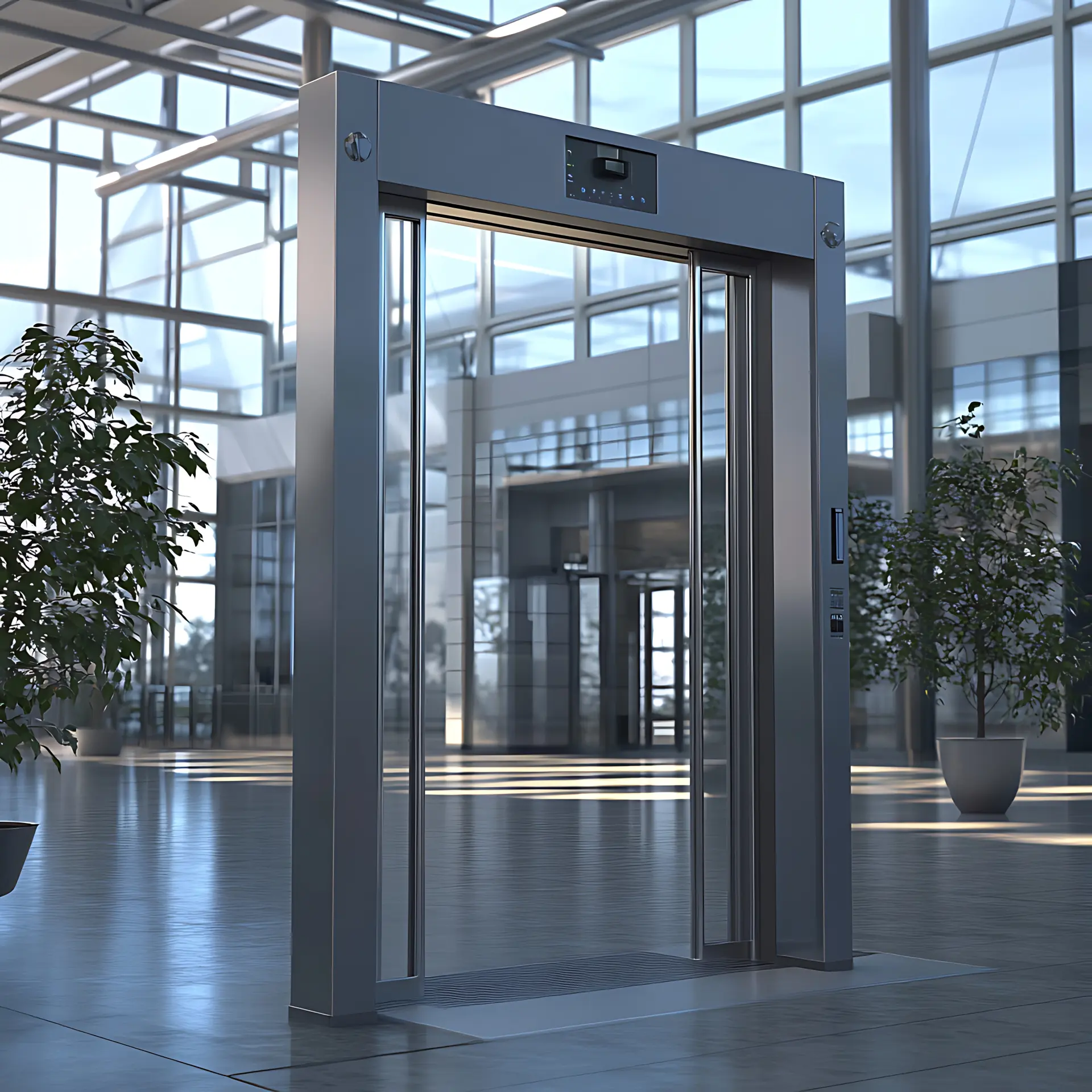
Visual alerts, such as flashing lights or warning signs near the door, are especially helpful for individuals with hearing impairments who may not notice the usual sounds of a door opening or closing.
These signals show when the door is about to move, giving users time to pause, wait, or get ready to go through. This added awareness helps reduce the chance of accidents and gives users more confidence and independence when using the entrance.
Audible alerts help people with visual impairments, as they are alerted when the door is in motion. These alerts can include beeps, voice messages, or tone signals that let users know when the door is opening, closing, or staying open for longer. For individuals who can't see the door clearly, these sounds act as helpful cues.
Visual and audible signals ensure that all users, regardless of their disability, can enter and exit buildings safely and independently. This helps prevent injuries, reduces reliance on others, and allows users to feel confident and secure when using the entrance. Including these features is a simple but powerful way to make automatic doors more inclusive, safe, and user-friendly for everyone.
We can install automatic doors designed for safe and easy access for disabled users. Our doors include step-free thresholds, safety sensors, and visual and audible alerts. We aim to install automatic doors that make accessibility simple and easy for everyone.

